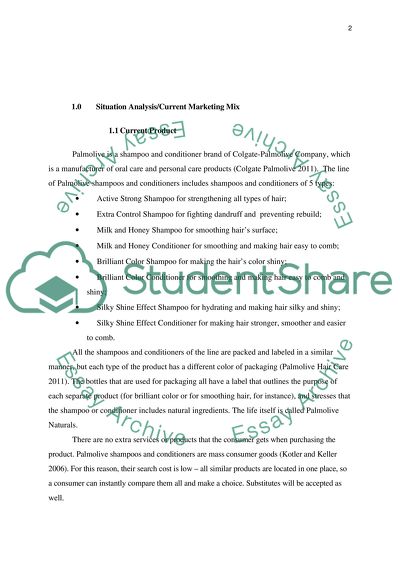Cite this document
(“Marketing Essay Example | Topics and Well Written Essays - 2250 words - 2”, n.d.)
Retrieved from https://studentshare.org/environmental-studies/1415620-marketing
Retrieved from https://studentshare.org/environmental-studies/1415620-marketing
(Marketing Essay Example | Topics and Well Written Essays - 2250 Words - 2)
https://studentshare.org/environmental-studies/1415620-marketing.
https://studentshare.org/environmental-studies/1415620-marketing.
“Marketing Essay Example | Topics and Well Written Essays - 2250 Words - 2”, n.d. https://studentshare.org/environmental-studies/1415620-marketing.


